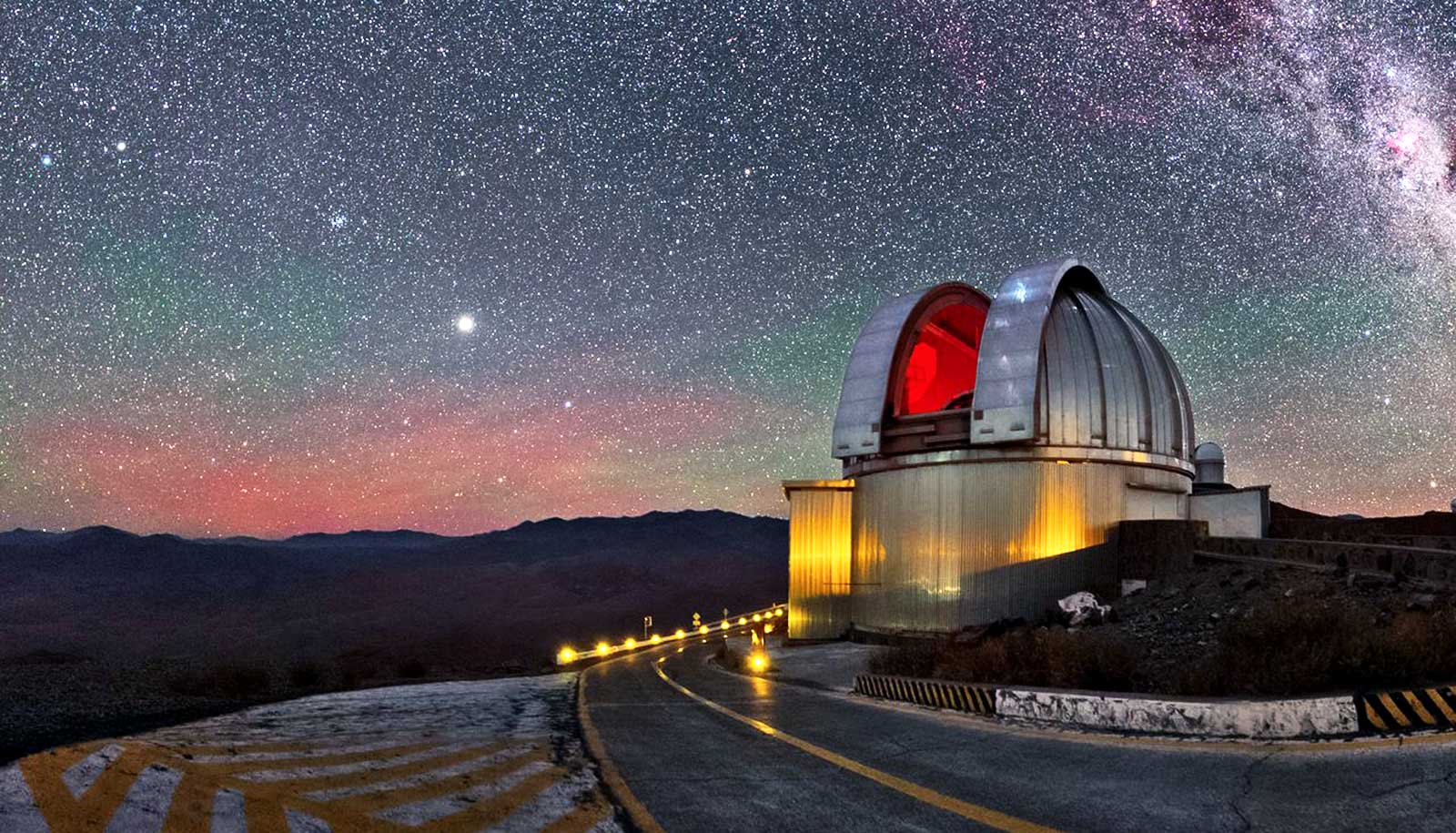

I use a 102mm apochromatic refractor (triplet) that offers an extremely flat field of view. This means that large objects such as the North America nebula and California nebula are within reach. The shorter focal length of a small refractor will produce beautiful wide field images of deep-sky objects in space. The stars in your photos will not suffer from chromatic aberration as an achromat would. This type of telescope will produce better photos due to the extra low-dispersion glass used. If your budget allows for it, spring for an apochromatic refractor.

They offer a forgiving wide field of view.They do not require regular collimation.They have several advantages over larger telescopes of a different design: I always recommend that beginners start with a wide-field refractor telescope for astrophotography.
#Best telescope for astrophotography 2015 series#
If you want to get started in deep-sky, do yourself a favour and start with a Canon Rebel series DSLR. These cameras are widely available in the used market, and provide reliable results for an affordable price. Modifying your DSLR can improve the amount of certain types of nebulosity in your images, but it is not My first DSLR was a Canon 450D (Xsi), followed by a Canon 600D (T3i). I enjoy shooting with Canon DSLRs, specifically in the entry-level Rebel series. Below, I’ll cover a basic deep-sky imaging setup that will provide you with more photos than it will headaches. This also means using a DSLR to take long exposure photographs through a telescope. Let me tell you exactly what has been working for me for the past 6 years, and how I have been able to capture over 50 deep-sky objects with an entry-level, basic DSLR deep-sky imaging setup.Ĭapturing photos of distant galaxies and nebulae is reserved for those who are able to track the apparent movement of the night sky. If you do that enough times, you’ll have a system that takes you to the finish line time and time again. It’s all about paying attention to what works, one step at a time. Photo credit: Andromeda (M31) by Trevor Jones
#Best telescope for astrophotography 2015 how to#
Eventually you will understand exactly where your camera needs to be for perfect focus, and how to properly balance your gear. Each night of astrophotography will remind you of the small nuances of your equipment. The best way to learn how to get better is by experiencing the process for yourself. The quality of the final image depends on many factors including the level of accuracy your telescope is tracking, focus, and using the best camera settings based on your location.

Making the most out of this limited window of imaging time is important! The last thing you want is to spend your one CLEAR night in the backyard fighting with your equipment, and ending up empty handed with no images to show for your efforts. This does not leave a lot of time to spend outside in the dark photographing deep sky objects in space!Īdd in the fact that the weather needs to cooperate as well, and you’ve got a very limited window in astro-imaging time. I work 9-5 each day and weekends are usually filled with social commitments and family gatherings. Like many of you, I am a pretty busy guy. Beginner deep-sky astrophotography with a DSLR for real results! By Trevor Jones, įirst off, let me explain my situation.


 0 kommentar(er)
0 kommentar(er)
